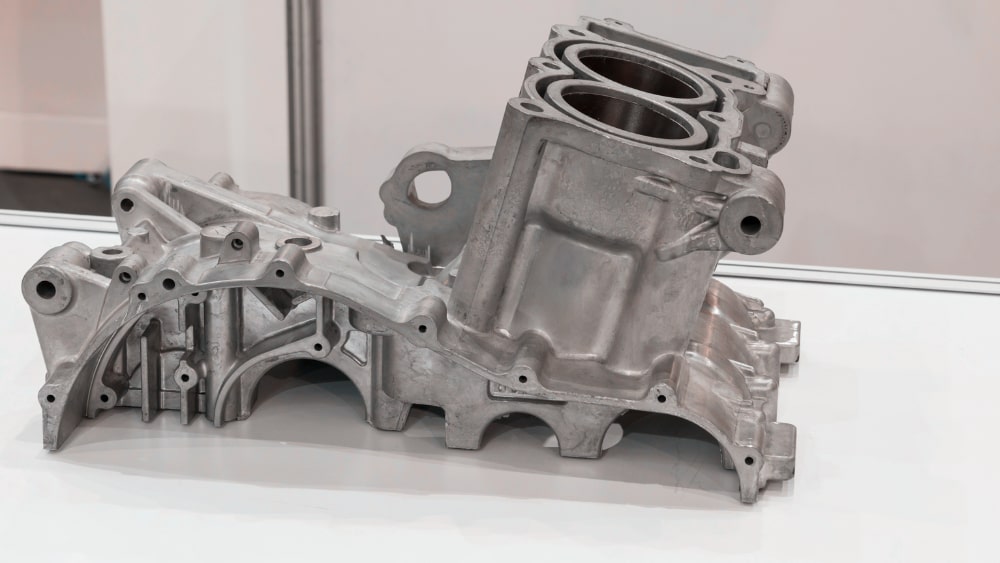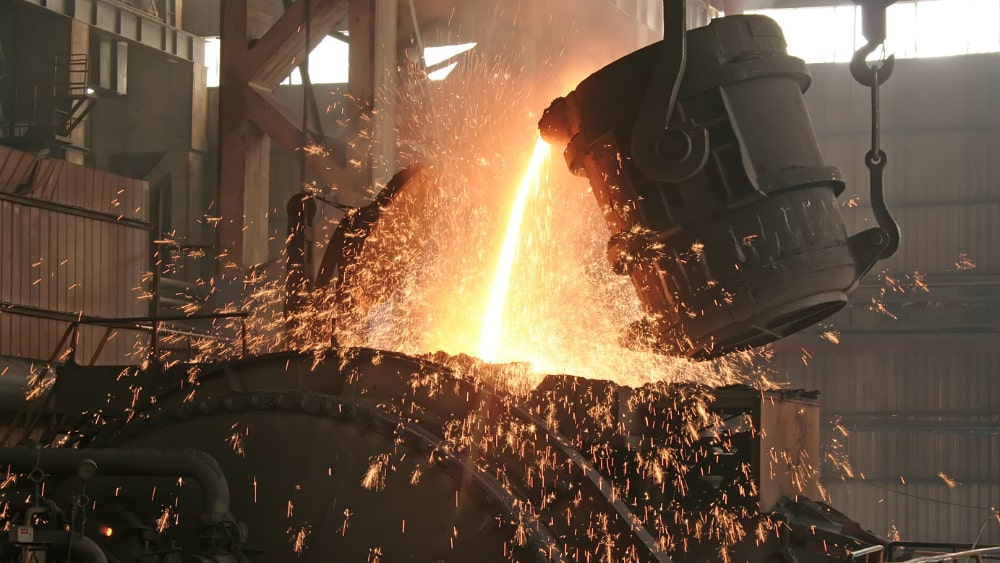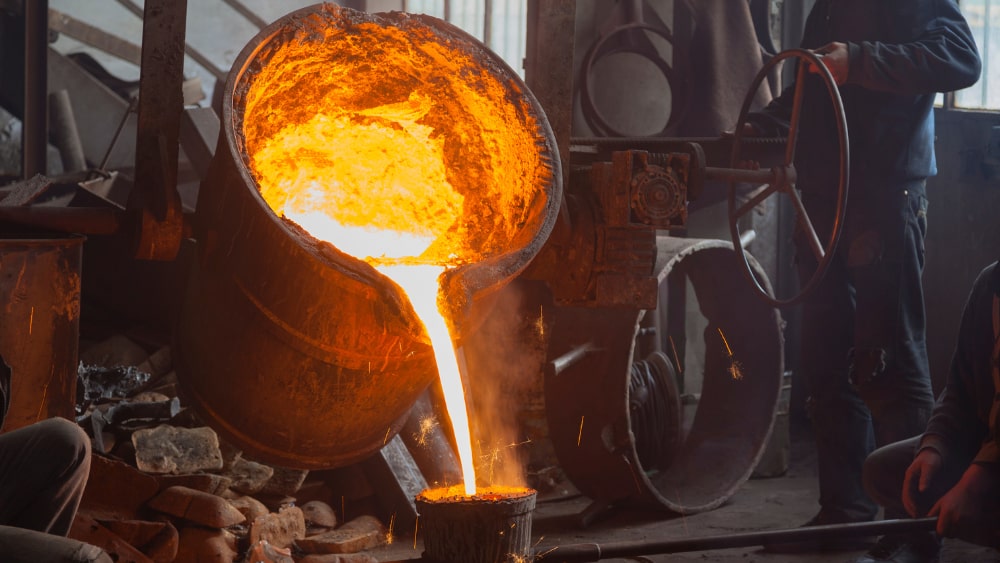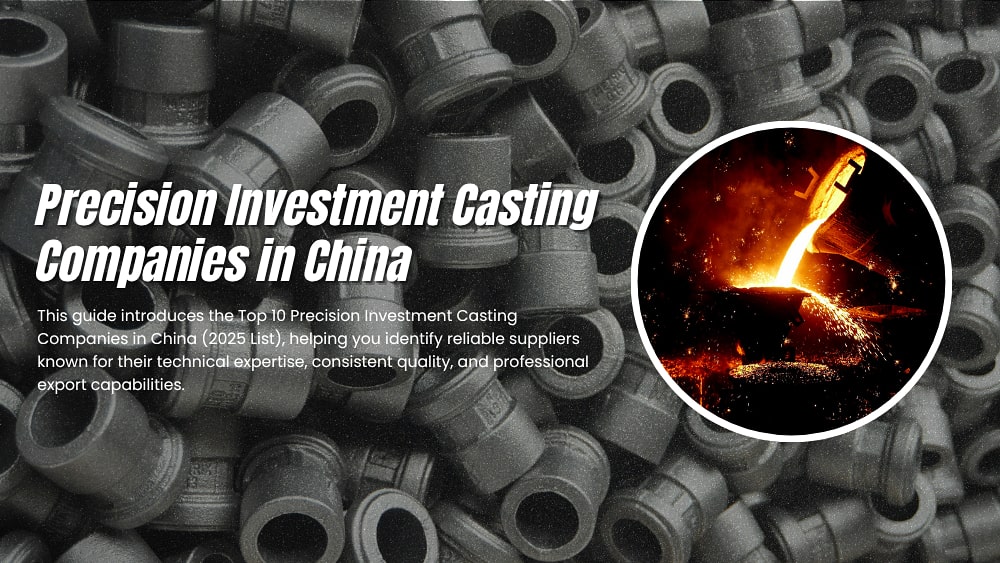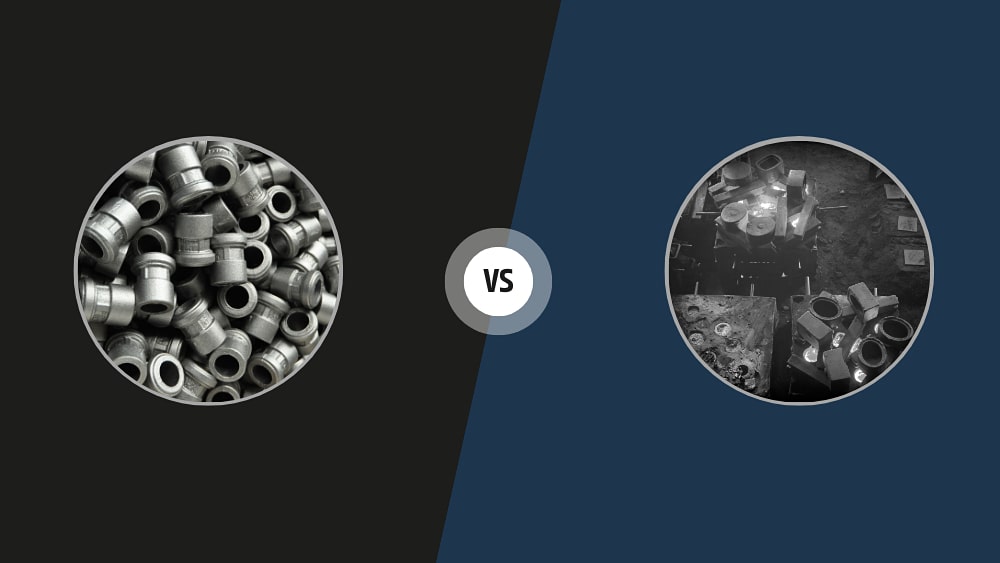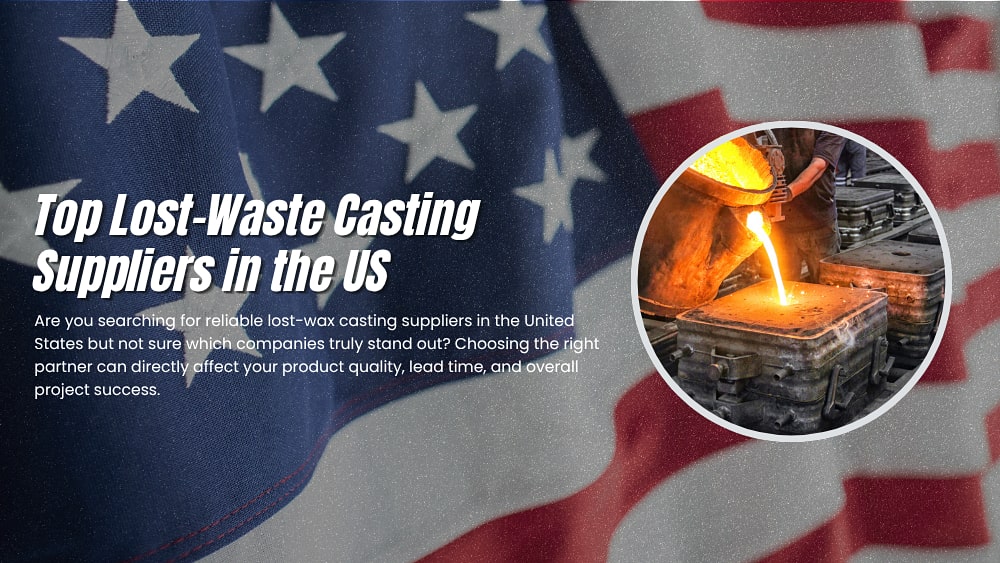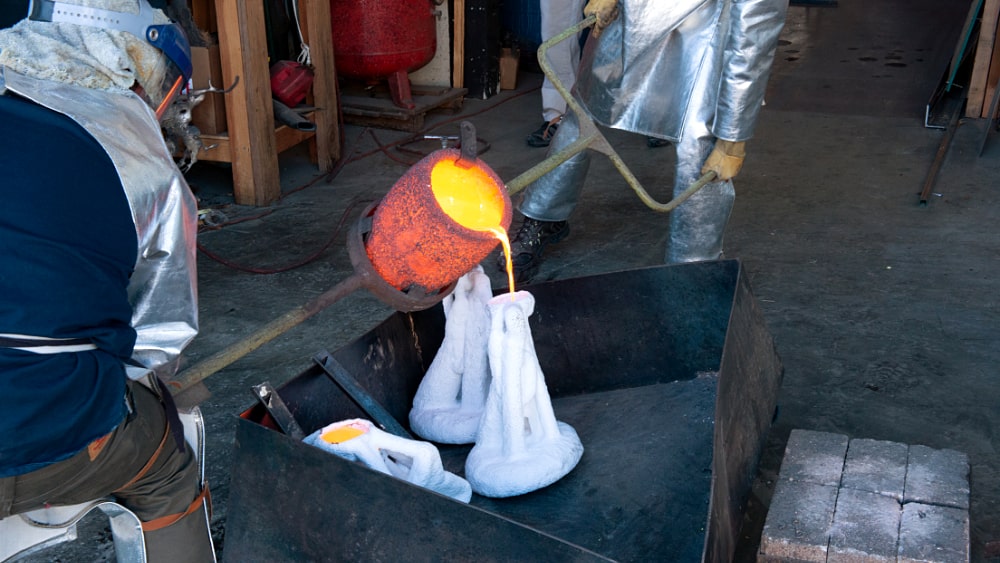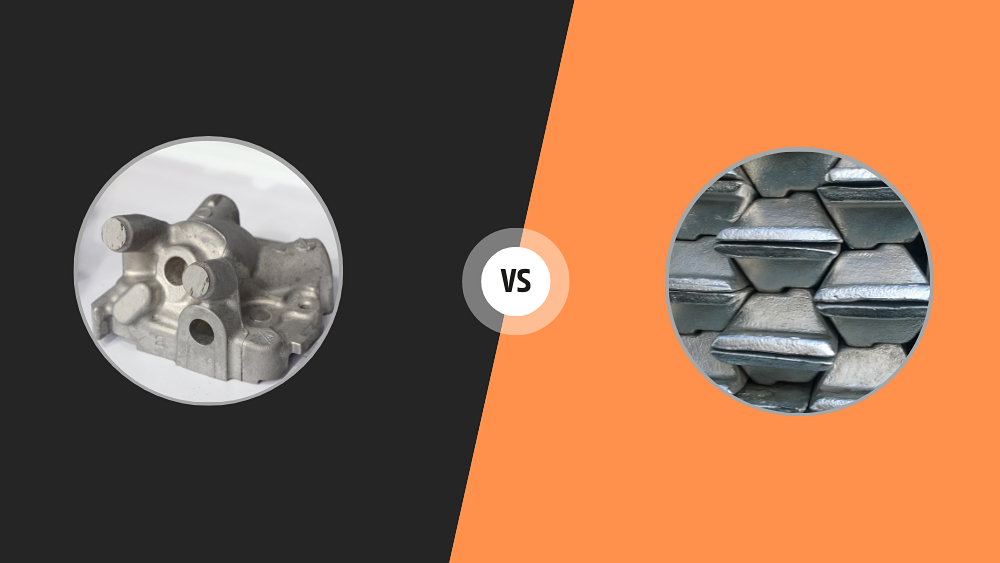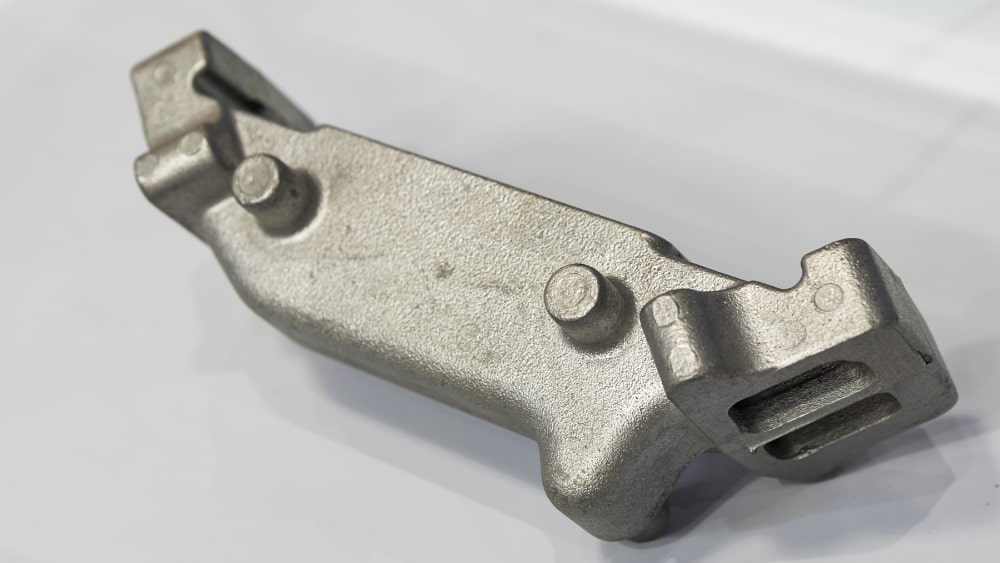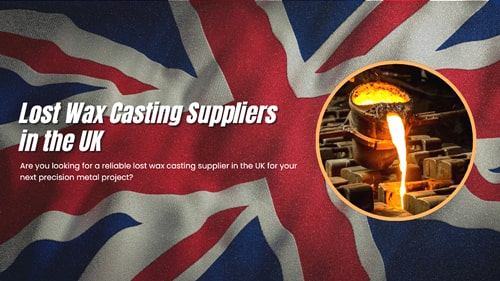
Choosing the right type of steel casting is one of the most crucial decisions in any engineering or manufacturing project. The performance, durability, and even the overall cost of your product often depend on this single choice. With so many steel grades and casting methods available—ranging from carbon and alloy steel to various types of stainless steel—it’s easy to feel overwhelmed. Each material has its own strengths, weaknesses, and ideal application scenarios.
In this guide, we’ll help you cut through the confusion. You’ll learn how to evaluate key factors such as mechanical requirements, environmental conditions, corrosion resistance, and budget considerations. Whether you’re designing heavy machinery components, pump housings, or precision valves, understanding these fundamentals will help you make an informed, cost-effective decision. Let’s explore how to match the right steel casting to your project’s specific needs—and achieve the perfect balance between performance, quality, and efficiency.
Related content recommendations:
What Is Steel Casting? Process, Applications, And Prices
Type 1: Carbon Steel Castings
Carbon steel castings are the most widely used type of steel castings in the industrial sector. They are essentially iron and carbon-based casting products with minimal amounts of other alloying elements. Due to their relatively simple composition, carbon is the dominant factor influencing their properties, enabling carbon steel castings to exhibit diverse mechanical characteristics and allowing for flexible adjustment and optimization through heat treatment processes.
Classification Based on Carbon Content
Depending on the carbon content, carbon steel castings are typically divided into three categories to meet different working condition requirements:
- Low-Carbon Steel Castings (Carbon content < 0.20%): Known for excellent plasticity and toughness, they are easy to weld and process but have relatively low strength and hardness. Often used in manufacturing structural components such as machine housings, covers, and brackets where high strength is not critical.
- Medium-Carbon Steel Castings (Carbon content 0.20% - 0.50%): These offer a good balance between strength, hardness, and plasticity, making them the most widely used category. After normalizing or quenching and tempering heat treatments, they can achieve higher comprehensive mechanical properties. They are commonly used in manufacturing components subjected to heavy loads, such as gears, connecting rods, rollers, and pressure vessels.
- High-Carbon Steel Castings (Carbon content > 0.50%): These possess high strength and hardness but relatively poor plasticity and toughness, along with reduced weldability. They are mainly used in manufacturing wear-resistant parts such as grinding balls, shovel teeth, and molds.
Main Characteristics and Advantages
- Cost-Effective: Raw materials are widely available, resulting in relatively low production costs.
- Wide Range of Mechanical Properties: By adjusting carbon content and heat treatment processes, a variety of performance combinations from high plasticity to high hardness can be achieved.
- Excellent Castability and Weldability: Particularly in low and medium-carbon steels, they facilitate the production of complex-shaped castings and subsequent welding repairs.
Limitations
The main limitations include poor corrosion resistance, susceptibility to rust, and a significant decrease in toughness at low temperatures (low-temperature brittleness). Therefore, in corrosive or extreme low-temperature conditions, alloy steel castings such as stainless steel or low-temperature nickel steel are typically selected.
In summary, carbon steel castings, with their flexible performance control, excellent comprehensive mechanical properties, and economical cost, have become essential basic components in numerous industrial fields, ranging from heavy machinery, mining equipment, and shipbuilding to energy and power generation.
Type 2: Alloy Steel Castings
Based on carbon steel, one or more alloying elements (such as manganese, chromium, nickel, molybdenum, vanadium, etc.) are intentionally added to obtain higher strength, toughness, wear resistance, or special properties (such as high temperature resistance, low temperature resistance).
High-Strength Low-Alloy (HSLA) Steel Castings
Characteristics: By adding a small amount of alloying elements, the strength is significantly higher than that of carbon steel, and it has good weldability and toughness.
Applications: Often used in heavy machinery, mining equipment, vehicle frames, crane booms, and other applications requiring lightweight and high strength.
Manganese Steel Castings (e.g., High Manganese Steel ZGMn13)
Characteristics: It has an extremely high work-hardening capacity. That is, after being subjected to strong impact or extrusion, the surface becomes extremely hard and wear-resistant, while the inner layer remains good toughness. It is a typical wear-resistant steel.
Applications: Jaw plates and crushing walls for mining machinery, shovel teeth for excavators, railway frogs, etc.
Chromium-Molybdenum Steel Castings
Characteristics: It has good high-temperature strength, creep resistance, and corrosion resistance.
Applications: Widely used in the power, petrochemical, and boiler industries, such as: steam turbine casings, valves, pump casings, high-pressure pipelines, etc.
Type 3: Stainless Steel Castings
The main characteristic is the high content of chromium (Cr, usually >12%), which forms a dense chromium oxide passive film, giving it excellent corrosion resistance and high-temperature oxidation resistance.
Austenitic Stainless Steel Castings (e.g., 304, 316)
Characteristics: Non-magnetic, excellent corrosion resistance, good formability and weldability, good low-temperature toughness. It is the most commonly used type of stainless steel.
Applications: Food processing equipment, chemical pumps and valves, medical devices, architectural decoration, marine fittings, etc.
Martensitic Stainless Steel Castings (e.g., 420, CA15)
Characteristics: Can be strengthened by heat treatment, has high strength, hardness, and wear resistance, but its corrosion resistance is relatively inferior to austenitic stainless steel.
Applications: Used to manufacture corrosion-resistant mechanical parts, such as: pump shafts, valve components, cutting tools, turbine blades, etc.
Duplex Stainless Steel Castings (e.g., 2205)
Characteristics: Combines the advantages of austenite and ferrite, has very high strength, and excellent resistance to chloride stress corrosion cracking.
Applications: Used in harsh environments such as marine engineering, petrochemical industry, chemical tankers, etc.
How to Choose the Right Steel Casting Type
Selecting the appropriate steel casting type is crucial for achieving optimal performance, durability, and cost-effectiveness in your application. The decision should be based on a careful evaluation of your specific requirements across several key parameters. Below is a comprehensive guide to help you make an informed choice.
Steel Casting Selection Table
| Selection Priority | Application Requirement | Recommended Type | Common Applications |
|---|---|---|---|
| 1. Cost-Effective Solution | General structural components, no special environmental demands |
Carbon Steel Castings (Medium-Carbon Steel) |
Machine frames, brackets, housings, general machinery parts |
| 2. Extreme Wear & Impact Resistance | Heavy abrasion, impact loading, surface hardening needed |
Manganese Steel Castings (e.g., ZGMn13) |
Mining crushers, excavator teeth, railway points, quarry equipment |
| 3. High Temperature Service | High temperature operations, thermal cycling, pressure containment |
Chromium-Molybdenum Steel (Cr-Mo Alloy Steel) |
Power plant equipment, turbines, high-pressure valves, boilers |
| 4. Corrosion Resistance & Hygiene | Corrosive environments, food processing, medical applications |
Stainless Steel Castings (Austenitic Grades 304/316) |
Chemical processors, food equipment, marine components, medical devices |
| 5. High Strength & Light Weight | Weight-sensitive applications requiring high strength |
High-Strength Low-Alloy Steel (HSLA Steel) |
Vehicle frames, crane booms, mobile equipment, transportation |
Comprehensive Selection Guidelines
When choosing steel castings for your application, follow this structured approach:
Step 1: Define Primary Performance Requirements
Identify the most critical property needed for your application. Is it wear resistance, corrosion resistance, high temperature capability, or cost-effectiveness? This primary requirement will narrow down your options significantly.
Step 2: Evaluate Operating Environment
Consider all environmental factors including temperature extremes, presence of corrosive chemicals, moisture levels, and exposure to abrasive materials. Each steel type performs differently under various environmental conditions.
Step 3: Consider Mechanical Stresses
Analyze the types of mechanical stresses the component will face - static loads, dynamic loads, impact forces, or cyclic stresses. Different steel grades offer varying capabilities to handle these stress types.
Step 4: Review Manufacturing & Lifecycle Factors
Consider machining requirements, weldability needs, expected service life, and maintenance accessibility. Some steel types are easier to machine and weld than others, affecting overall manufacturing costs.
Step 5: Balance Performance with Budget
While premium alloys offer superior properties, carbon steels provide excellent value for non-demanding applications. Choose the most economical option that reliably meets all technical requirements.
Conclusion
After reading this lengthy introduction, you probably understand better now: the field of steel casting is not simply a matter of choosing a model. It involves the specific working conditions of your project (such as pressure resistance and corrosion resistance), cost budget, and production cycle; every detail affects the success or failure of the final product.
This is precisely where Qianhao can create the most value for its partners. We not only have a complete material library and production lines, but more importantly, we have a group of experienced masters and engineers with decades of experience. Don't try to figure it out yourself; throw your problems at us! You are welcome to come and discuss your drawings or requirements with us anytime.


